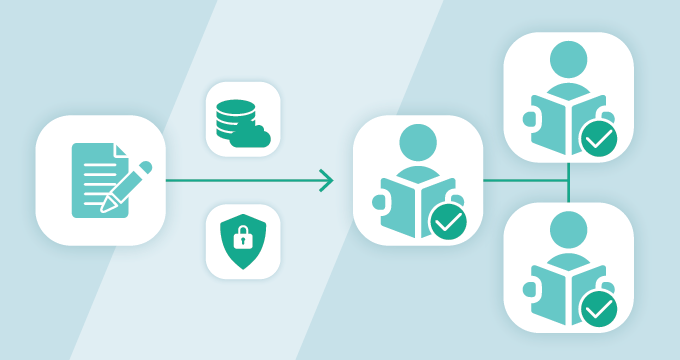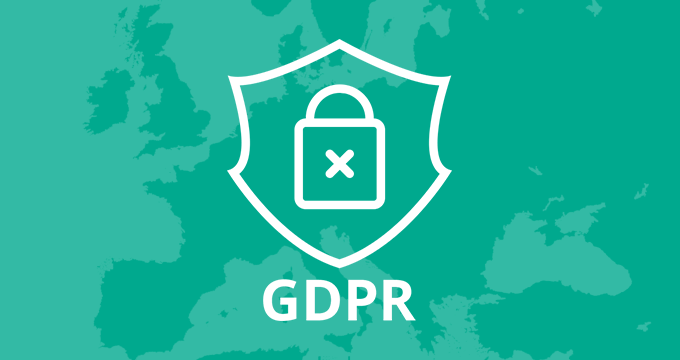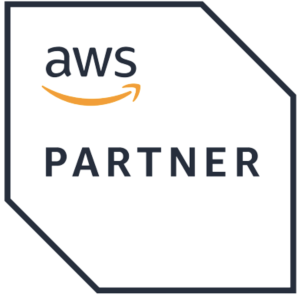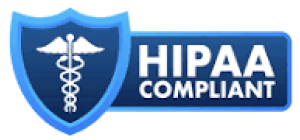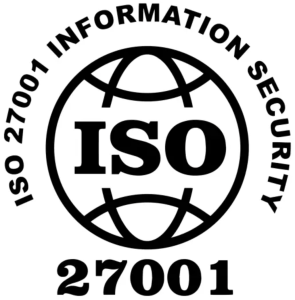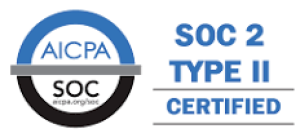Write Once Read Many (WORM) compliance represents a set of policies and technologies designed to ensure that once data is written to a device, it cannot be altered or erased.
Whether you are an IT Director, Compliance Manager, or a CTO, this guide will equip you with a comprehensive understanding of WORM technology and its role in safeguarding your organization’s data integrity.
Understanding WORM Compliance
At its core, WORM technology prevents the modification or deletion of data, ensuring that original records remain intact and retrievable for as long as necessary.
WORM compliance arises from the need to protect sensitive data from tampering, accidental alterations, or malicious attacks. This is particularly essential in finance, healthcare, and government sectors, where records often have legal or regulatory significance.
For example, in financial services, transaction records must be preserved in their original form for audit and compliance purposes. Similarly, patient health records in the healthcare sector require strict safeguards to maintain confidentiality and integrity.
When implementing WORM compliance, organizations must adopt storage solutions that can maintain data in a non-rewritable, non-erasable format.
These solutions range from physical storage mediums, like special optical disks or magnetic tapes, to advanced software-based systems that emulate WORM functionality in standard storage environments. The solution choice depends on various factors, including the volume of data, the required retention period, and specific regulatory requirements.
Key Regulations Mandating the Use of WORM Technology
Several regulatory bodies have set forth specific mandates requiring WORM technology, particularly in industries dealing with sensitive or critical information. Understanding these requirements is key to developing a compliant data storage strategy.
- Securities and Exchange Commission (SEC) Regulations — The SEC’s Rule 17a-4 is a prime example of a regulation requiring WORM compliance. This rule instructs broker-dealers to store electronic records, including trade details and communications, on non-erasable and non-rewritable media. The goal is to prevent the alteration or tampering of financial records, ensuring transparency and accountability in the financial sector.
- Financial Industry Regulatory Authority (FINRA) Requirements — FINRA outlines similar stipulations for member firms, emphasizing the need for WORM storage to maintain the integrity of financial records. The compliance with these rules is critical for audit purposes and for maintaining investor confidence in the financial markets.
- Health Insurance Portability and Accountability Act (HIPAA) in Healthcare — HIPAA mandates strict standards for handling and storing health information. While it doesn’t explicitly mention WORM, the act’s emphasis on data integrity and protection aligns with the principles of WORM technology. Healthcare entities use WORM compliance to safeguard patient data against unauthorized alterations.
- State and Local Government Regulations — Various state and local government bodies also have regulations that indirectly require WORM compliance. These often include retaining government records, legal documents, and other public sector data.
- International Standards — Organizations operating globally must also consider international standards and regulations that may require WORM compliance. This includes the GDPR in Europe, which emphasizes data integrity and security.
Consequences of non-compliance
Failing to comply with these regulations comes with repercussions, including hefty fines, legal action, and damage to reputation. For instance, non-compliance with SEC or FINRA regulations in 2023 resulted in penalties amounting to $5 billion.
Additionally, in the healthcare sector, HIPAA violations can lead to financial penalties and criminal charges, depending on the severity of the breach.
Understanding and adhering to these regulatory frameworks is about avoiding penalties and ensuring the trust and confidence of clients and stakeholders. The following section will examine how organizations can implement WORM compliance effectively in their IT infrastructure.
Implementing WORM Compliance (Checklist)
Integrating WORM compliance into an organization’s IT infrastructure involves assessing current systems, selecting appropriate WORM-compliant solutions, and incorporating them without disrupting existing workflows.
Here are the key strategies for effective implementation:
Assess Current Data Storage Solutions
- Conduct a thorough evaluation of existing data storage systems.
- Identify types of data that require WORM compliance.
- Assess the scalability and flexibility of current systems to accommodate WORM technology.
Choose WORM-Compliant Storage Systems
- Explore different WORM storage options, including physical media like optical disks, magnetic tapes, and software-based solutions.
- Evaluate vendors based on their ability to meet specific industry regulations.
- Consider factors like storage capacity, accessibility, and cost-effectiveness.
Integrate Strategies with Existing IT Infrastructure
- Plan for a phased integration to minimize disruption to current operations.
- Ensure compatibility of WORM systems with existing hardware and software.
- Implement robust data migration strategies to transfer existing records to WORM-compliant formats.
Training and Knowledge Transfer
- Conduct comprehensive training for IT staff and end-users on new WORM systems.
- Develop clear documentation and guidelines for handling WORM-compliant data.
- Foster a culture of compliance and awareness around data integrity and security.
Continuous Monitoring and Upkeep
- Set up regular monitoring systems to ensure ongoing WORM compliance.
- Schedule routine audits and maintenance checks on WORM systems.
- Stay updated with evolving compliance requirements and upgrade systems as necessary.
Best Practices for WORM Compliance Management
Effectively managing WORM compliance is a process that requires continuous attention and adaptation to technological advances and regulatory changes.
Here, we discuss key strategies for managing WORM compliance effectively.
Regular audits and compliance checks
- Importance of regular audits — Audits are crucial for verifying the proper functioning of WORM systems and adherence to regulatory standards. This will help fill in potential compliance gaps and weaknesses in data protection.
- Collaboration and interpretation — Collaborate with legal and compliance teams to interpret audit findings. This helps in understanding their implications and making necessary adjustments to maintain compliance.
Training and awareness programs
- Continual education and training — Staff should receive ongoing education and training on WORM compliance. This includes regular updates on new regulations and changes to existing ones, emphasizing each employee’s role in maintaining compliance.
- Fostering a compliance culture — Create a culture where data integrity and compliance are integral values and are upheld throughout the organization.
Data retrieval and ediscovery protocols
- Efficient retrieval and ediscovery — Establish clear protocols for data retrieval and ediscovery within WORM systems. These protocols should balance the need for data immutability with accessibility, ensuring that data can be accessed efficiently when required.
- Regular protocol review and updates — Test and update these protocols to keep pace with technological advancements and regulatory changes.
Staying updated with regulatory changes
- Monitoring and adapting to changes — Stay aligned with the latest compliance standards.
- Engagement with industry groups — Industry groups or regulatory bodies can provide advanced insights into potential compliance updates.
Investing in technology upgrades
- Evaluating and upgrading technology — Regularly review and upgrade WORM solutions. This may include cloud-based solutions for greater flexibility and scalability.
- Assessing long-term benefits — Understand the long-term benefits and return on investment of technology upgrades.
Challenges in WORM Compliance
Here are some common difficulties and strategies for overcoming WORM compliance challenges.
Technical challenges and solutions
One of the primary technical challenges is dealing with legacy systems that may not be compatible with modern WORM solutions. Also, as data volumes grow, maintaining WORM compliance becomes increasingly challenging. Another significant aspect is maintaining efficient access to data. Organizations should implement advanced search and indexing features to balance data accessibility.
Operational adjustments
Integrating WORM solutions into existing workflows can be disruptive on the operational front. A gradual implementation approach and thorough training can ease this transition. Additionally, balancing the cost of WORM-compliant systems with budget constraints is a common challenge. Organizations often find that conducting a cost-benefit analysis helps them make more informed decisions.
Regulatory compliance
Establishing a dedicated team or process for monitoring regulatory changes ensures that the organization remains compliant. For those operating in multiple jurisdictions, managing varying regulatory requirements adds a layer of complexity. A centralized compliance strategy can be effective in such scenarios.
Strategies for effective compliance
Companies should develop proactive policies in anticipation of regulatory changes, rather than reacting to them. Involving all stakeholders, from IT staff to management, ensures a unified approach to the compliance process. Regular training and awareness programs are also essential. These programs educate staff about the importance of WORM compliance and their role in maintaining it, helping mitigate human error risks.
By understanding and effectively addressing these challenges, organizations can minimize risks and maximize the integrity and security of their data.
Summary
WORM compliance is required to maintain trust and credibility in today’s data-driven environment. Organizations that invest in effective WORM strategies safeguard themselves against legal and financial repercussions.
As the regulatory and technological landscapes evolve, staying proactive and informed will be key to successfully navigating the future of data management and compliance.
Stay compliant, speed up your ediscovery, and retain all of your business data with Jatheon’s cloud archiving solution.
FAQ
What is WORM compliance and why is it important?
WORM (Write Once, Read Many) compliance refers to storing data in a format that cannot be edited or deleted. It is crucial for maintaining data integrity, particularly in regulated industries where record authenticity is vital for legal and regulatory purposes.
Can WORM storage be implemented in cloud environments?
Yes, WORM storage can be implemented in cloud environments. Cloud-based WORM solutions offer scalability and flexibility, making them a viable option for many organizations seeking compliance with data integrity regulations.
What are some common challenges organizations face in achieving WORM compliance?
Common challenges include integrating WORM technology with existing IT infrastructures, managing the costs associated with compliance, and staying updated with evolving regulatory requirements.
How often should a company audit its WORM compliance status?
The frequency of WORM compliance audits can vary depending on the organization’s size, the nature of its data, and specific regulatory requirements. However, conducting these audits at least annually is generally recommended to ensure ongoing compliance.
Read Next:How To Ensure FINRA Compliance & SEC 17a-4 Record Retention |
